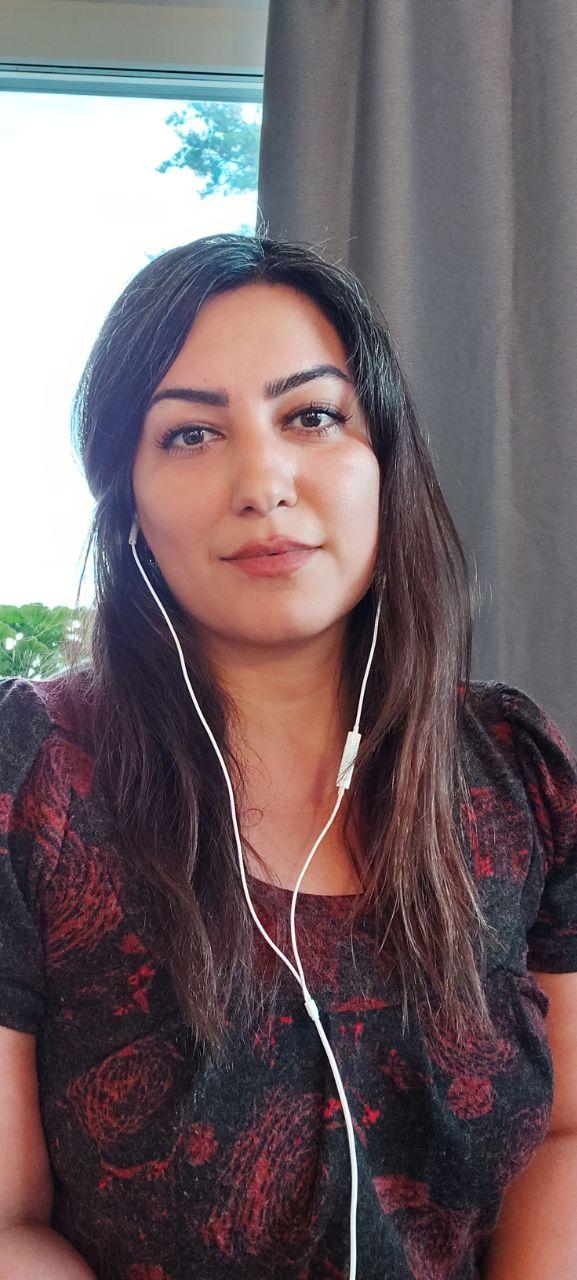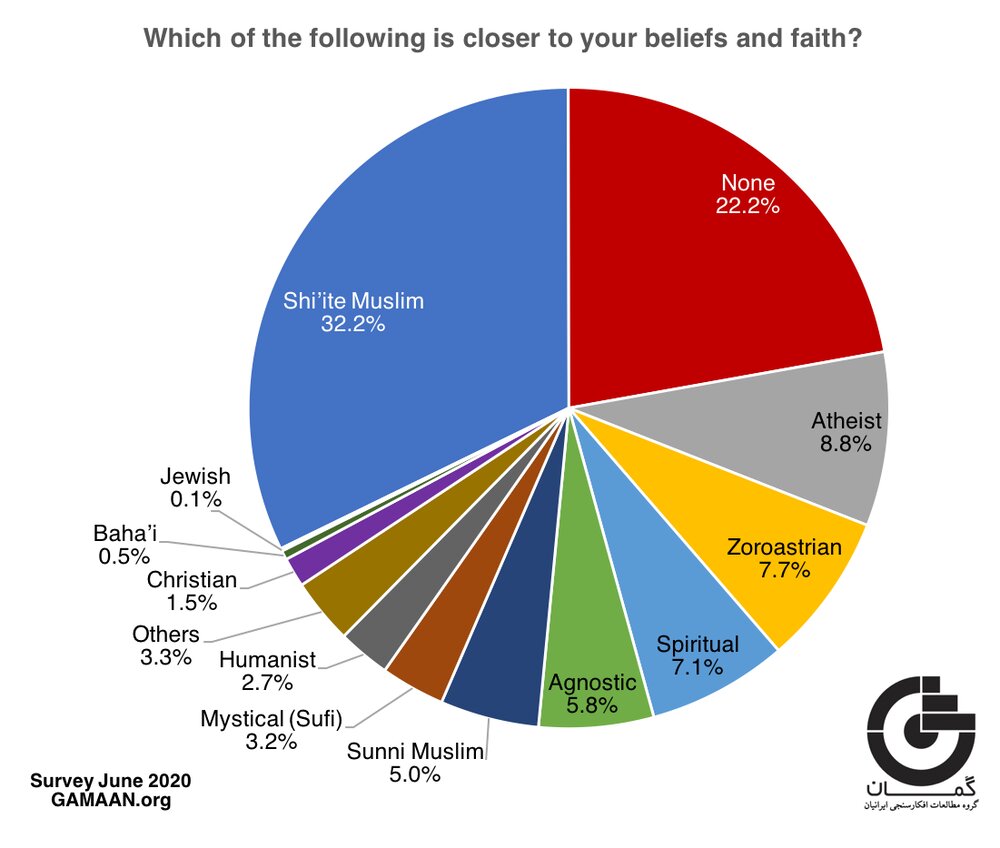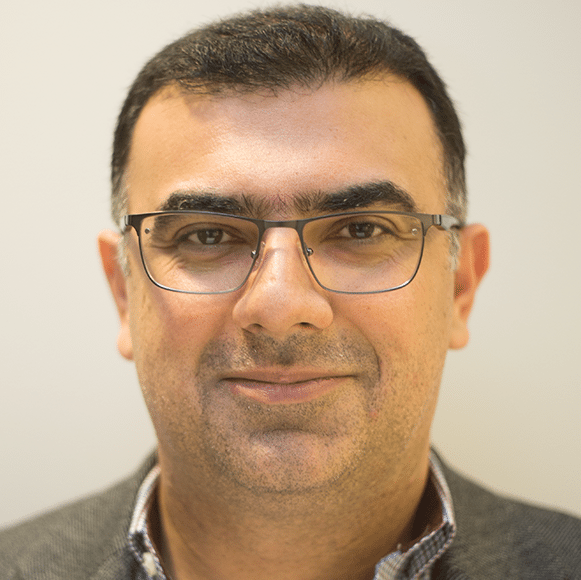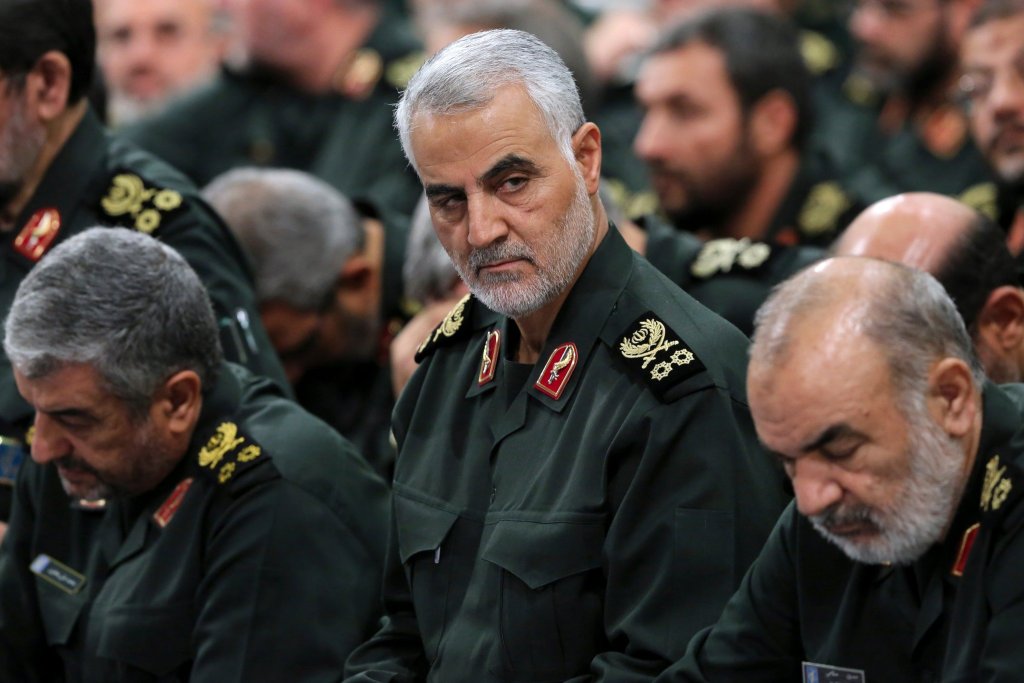Mahdieh Golroo, is a Feminist Iranian, member of Union for Secular Republic and Human Rights in Iran. She was forced to leave Iran for her activism and now lives in Sweden.
*******
In prison, I tried to think about good things like interesting memories and sweet experiences, and to reassure myself that these days are passing and I can make good memories again; I will eat the food I like or go where I like, I will live with the people I love, etc.
If you just like football a little, you can remember the fascinating match of Germany vs. Brazil in the 2014 World Cup! Of course, if you are a Brazil football team’s fan, that game was more like a nightmare than a dream when Brazil conceded seven goals! I have been a fan of the German national team since I was a teenager. In my family and in Iran in general, women football fans are not taken very seriously. For me, this match is one of the best memories of my life.
One day in December 2014 when I was in a cold solitary cell, I had crumpled myself; I closed my eyes and visualized the goals. When I reached the fifth goal, I laughed loudly. The prison officer opened the cell door and looked around the cell; nobody was there. She shouted, “Why are you laughing?” and I said as I smiled; to Júlio César (Brazilian goalkeeper)!
As a football fan, I have never entered any stadium, because women are not allowed to enter the stadium in Iran! You think it is weird! Yes, there are many laws against women in Iran that are unbelievable. My closest distance to the stadium was when we gathered behind the stadium doors while chanting and holding placards.
After the 1979 revolution in Iran, same as other women's rights, women were banned from entering stadiums. Over the years, many women have tried to enter the stadium. This effort were in different forms. For example, I and some feminists would gather behind the doors of the stadium and protest against this law but some women who are called "bearded women" sneaking to the stadium with men’s make-up and sometimes the security forces notice and arrest them.
Last year, a woman named Sahar Khodayari, known as the "Blue Girl", set her self on fire in front of the Court to protest against her prison sentence and passed away! In March 2019, she went to the stadium to watch the match between Esteghlal FC and Al Ain FC and was arrested. It changed many people who did not take women football fans’ restrictions seriously. Many women football players in the world defended Iranian women's right to enter the stadium.
In October 2019, due to FIFA pressure, the stadium doors were opened to women for the Iran-Cambodia match. This was the first time that Iranian women bought tickets and went to watch a football match at the stadium, not by men’s makeup, but as a football-loving woman. FIFA had threatened to suspend the Iran Football Federation if Iran again barred women from entering the stadium. But the entrance conditions were still strange, there were three places in the stadium that were separated from the entire stadium by a fence, something like a prison, and women were only allowed to sit in those seats. A large number of female police officers were warning women about their hijab during the match. Women were not allowed to scream and shout, which is the most common reaction during watching a football match. On the other hand, only a small number of women were allowed to enter due to ticket and seat restrictions, and a number of feminists did not go to the stadium due to inhumane behavior and insistence on segregation and restriction of women, despite strong desire to go. This is the only experience of Iranian women to go to the stadium and watch football, which happened in an international match due to FIFA pressure and has not been repeated until today, because the Islamic Republic is not forced by FIFA in club matches and based on its own preferences prevents women from entering the stadium.
In general, women's sports have changed seriously after Islamic revolution, and this is not limited to banning women from entering the stadium. The restriction of women is a symbol of Iran being Islamic, a Muslim woman must wear hijab and stay at home, do housekeeping and take care of children. According to this view; sports, work and education are men's work. This point of view has persuaded Iranian women to fight for equality and freedom from the beginning of Islamic Revolution, and sport has been one of these struggle fields.
Islamic Republic government have tried its best to provide a model for Muslim women around the world; sport is an arena for its political exploitation. The Government officials claim hijab is not a restriction on sports, but female athletes do not believe it and mandatory hijab has been their major challenge. Disagreement of the international community with their Islamic and non-standard clothes, government warning because inappropriate hijab during game time and their unequal situation with their rival because of their Islamic clothes.
All these years, so many women have been forced to emigrate because of these restrictions. They include, Kimia Alizadeh who is the first Iranian woman to win an Olympic medal and three world medals, said after emigrating that the Islamic Republic officials had used her success as a propaganda tool; she will fight in the Tokyo Olympics under the German national flag, Ghazal HakimiFard who is Chess Grandmaster lives in Switzerland; Mitra Hejazipour, also a Chess Grandmaster, attended in the World Rapid and Lightning Championships in Moscow in 2019 without hijab so she was expelled from the Iranian national team and now she is living in France; Sara Khosravi, a gymnastics coach, took refuge in Denmark in 2018 And Mina Alizadeh, an Iranian sailor who is a member of the German national sailing team and etc. These are just a few of the long list of Iranian women athletes who are forced to leave their country to achieve their dreams.
Of course, it should be noted that because sports are considered a political issue in the Islamic Republic, men also suffer. For example, they are not allowed to fight with the Israeli opponent and must dedicate their medals to the martyrs or the Islamic Republic leader.






